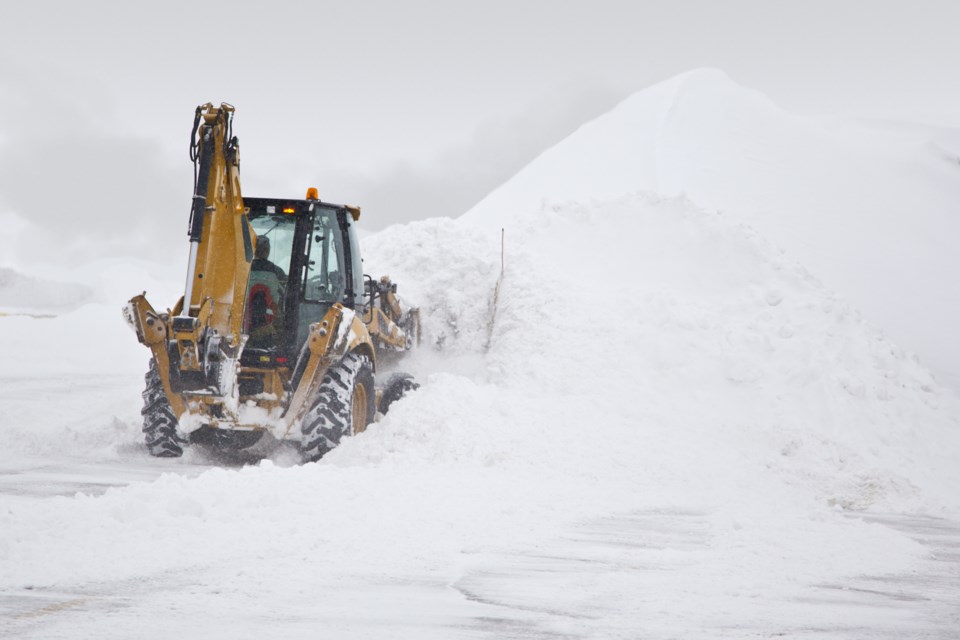As early as next year, Sault ratepayers could be shelling out more in taxes or user fees to pay for $40 million in needed stormwater management initiatives.
Don't let this news affect your vote in October's municipal elections, though.
We'll have no idea who's going to pay, or how much, until after the voting's done.
We do know right now, however, that options being considered in Sault Ste. Marie include a tax levy based on property values, a dedicated stormwater levy, or a new user fee that would penalize homeowners with lots of impervious surfaces like rooftops, driveways and parking areas allowing melting snow and rainwater to flow off their properties.
Call it a snow tax or a rain tax or whatever you wish, the user fee idea is being talked about a lot these days at the Civic Centre.
Even churches, schools and hospitals – currently exempt from property taxes – could be compelled to pay a user fee.
Average homeowners in other Ontario communities that have introduced stormwater user fees are paying anywhere from $4 to $15 a month.
Pippy Warburton is a professional engineer heading a team of AECOM consultants hired by the city to figure out how to cover the Sault's estimated stormwater funding shortfall of $1.5 million to $6.6 million a year.
Warburton says user fees would apply to all property types, including residential, commercial and industrial.
If accepted by City Council, they could be implemented as early as next year.
But AECOM's recommendations on how to pay for $40 million in needed improvements won't be released until after the Oct. 22 municipal election, Warburton says.
"The city is responsible for ensuring a sustainable funding mechanism for construction, operation and maintenance for stormwater infrastructure," says Catherine Taddo, the city's land development and environmental engineer.
"These assets include infrastructure such as storm sewers, catchbasins, pump stations, aqueducts, channels, ditches, stormwater management facilities, culverts, outfalls and snow disposal sites," Taddo says in a report to Mayor Provenzano and city councillors.
Speaking at last week's City Council meeting, Taddo said the municipality has little choice but to undertake the $40 million in stormwater improvements.
If we don't pay the money, she says, a risk-management plan might be needed to determine the risks of not spending the cash.
Ward 1 Councillor Paul Christian said the federal government should pay a larger share to correct the Sault's stormwater problems.
Warburton said she personally leans toward using a combination of funding options.
Warburton also mentioned development fees as an option, but City Council has previously indicated it doesn't wish to charge any development fees in the Sault.
Councillors reinforced that position last week, directing staff "to explore all possible ways to finance the city's stormwater management plan, save and except for development charges."
To learn more about the stormwater financing study, or to express your views on the proposed options, please click here.
Sault stormwater trivia
Sault Ste. Marie, Canada has the following:
- 4,197 manholes
- 9,070 catchbasins
- 9,513 culverts
- 283 kilometres of storm sewers
- 251 kilometres of ditches
- 14 aqueducts
- 11 stormwater management ponds
- 11 oil-grit separators
- one very lonely pump station
